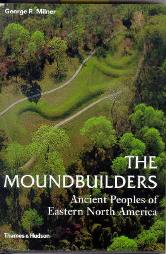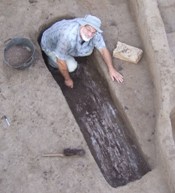Recent and Ongoing Research Projects
- Refining skeletal age-estimation methods using well-documented modern collections from different parts of the world.
- Using refined age-estimation methods to improve knowledge of ancient population structures (paleodemography) and disease experiences (paleoepidemiology).
- Estimating late prehistoric eastern North American population distribution and size.
- Using skeletal and settlement data to identify spatial and temporal patterning in archaeological evidence for late prehistoric (ca. AD 1000-1600) warfare, followed by an examination of the demographic, social, and environmental reasons for variation in the level of intergroup conflict.
- Identifying the chemical life histories of medieval and early modern people in Denmark, including variation in the elemental composition of cortical bone microstructure, notably individual osteons.
 An overview of prehistoric eastern North America written for the public that includes research results from the lab.
An overview of prehistoric eastern North America written for the public that includes research results from the lab.
George R. Milner The Moundbuilders
Supplementary Data
TA3-V1.0 Transition Analysis
- Skeletal Structures and Stages
- Skeletal data collection form
- Program: Windows
- Program: Windows with installer
- Program: Mac
Milner & Chaplin, 2010, American Antiquity
Milner & Boldsen, 2012, Journal of Forensic Sciences (courtesy Jens Boldsen)
Milner and Boldsen, 2012, American Journal of Physical Anthropology, Steve Ousley program version
Boldsen, Milner, and Boldsen, 2015, American Journal of Physical Anthropology


